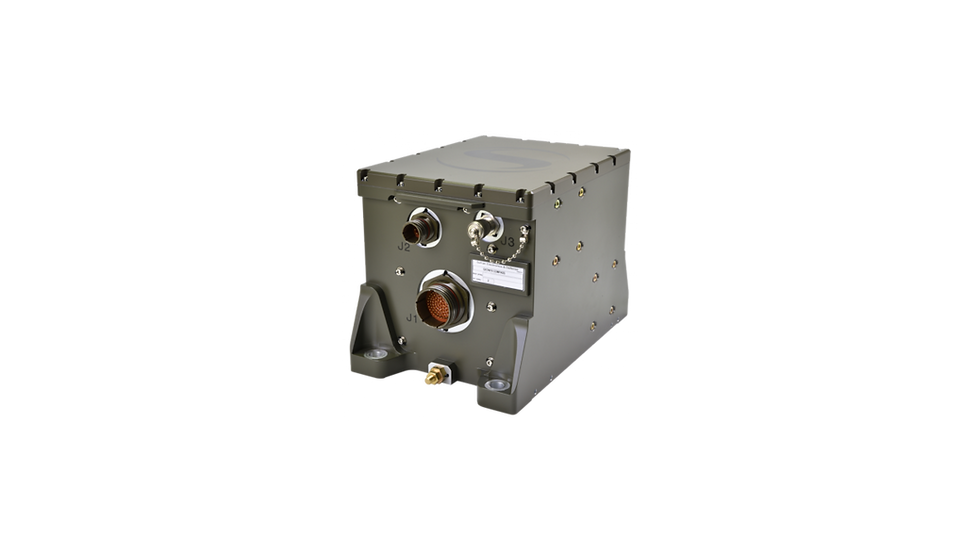
By
Anthony Full
Problem We Solve
In order to safely travel from one location to another during an operation, or maintain navigation capabilities in a contested environment, ground vehicle crews need ways to protect against GPS satellite signal threats and ensure that they reach their intended destination. Operating in a GNSS-denied environment presents challenges to most navigation systems, because they can either be jammed, or deceptively guided off course via spoofing attacks.
An Inertial Navigation System (INS) that provides reliable position and heading data without the aid of GPS satellite signals is a unique backup solution because it allows vehicles to stay on course and maintain awareness of where they are as if they never lost connection with GPS. An INS can provide the critical current-location data and ensure that other navigation equipment continues to operate during the mission.
Why Is It Important
Precise location and navigation capabilities are essential for mission planning, execution and coordination with other units. Inaccurate navigation can lead to mission failure, unintended engagements, or even friendly fire incidents. Ground vehicles in defense operations often navigate in challenging environments where traditional GPS signals are contested or unreliable. This includes dense urban areas, heavily forested regions, or any areas where enemies employ electronic warfare to disrupt GPS signals. Navigating accurately in such conditions is crucial for mission success and the safety of personnel. Therefore, having a robust navigation system that can provide both location of the vehicle real time as well as its precise orientation and direction/heading is of paramount importance for defense applications.

In the figure above, we can see that when a vehicle passes through an GNSS-denied area, its navigation system might be thrown off and report a different location compared to the true position. However, with an accurate INS, it can continue along the intended route as well as stay free from excessive drift. Drift occurs when the navigation system is not using external signals for navigation, but rather evolving in pure inertial conditions and over time, the accuracy worsens.
Of course, there are different grades of accuracy for navigation depending on your needs. And we’ll cover the most relevant solutions next.
How We Solve it
Safran has developed a dependable inertial navigation system – The Geonyx – that provides route guidance in GNSS-denied environments. The Geonyx ensures that the vehicle can navigate effectively in spite of satellite signal interference. It incorporates HRG technology and, unlike GPS, INS does not rely on external satellite signals for navigation and heading. Instead, it uses motion sensors and rotation sensors to calculate the position, orientation and velocity of the vehicle based on internal data. The Geonyx will output coordinates of the vehicles current location as well as the data on its intended position to the vehicle’s battle management system (BMS). The Geonyx is able to maintain an outstanding level of accuracy of a couple meters after tens of miles of pure inertial navigation.
GEONYX INERTIAL NAVIGATION SYSTEM

Geonyx is a combat-proven INS solution for ground vehicles, augmenting battle management systems. With its ruggedized design, it offers a virtually unlimited and maintenance-free lifespan. It can achieve a heading accuracy as good as 0.5 mils thanks to HRG Crystal technology. It has quick and flexible alignment – even in GNSS-denied environments.